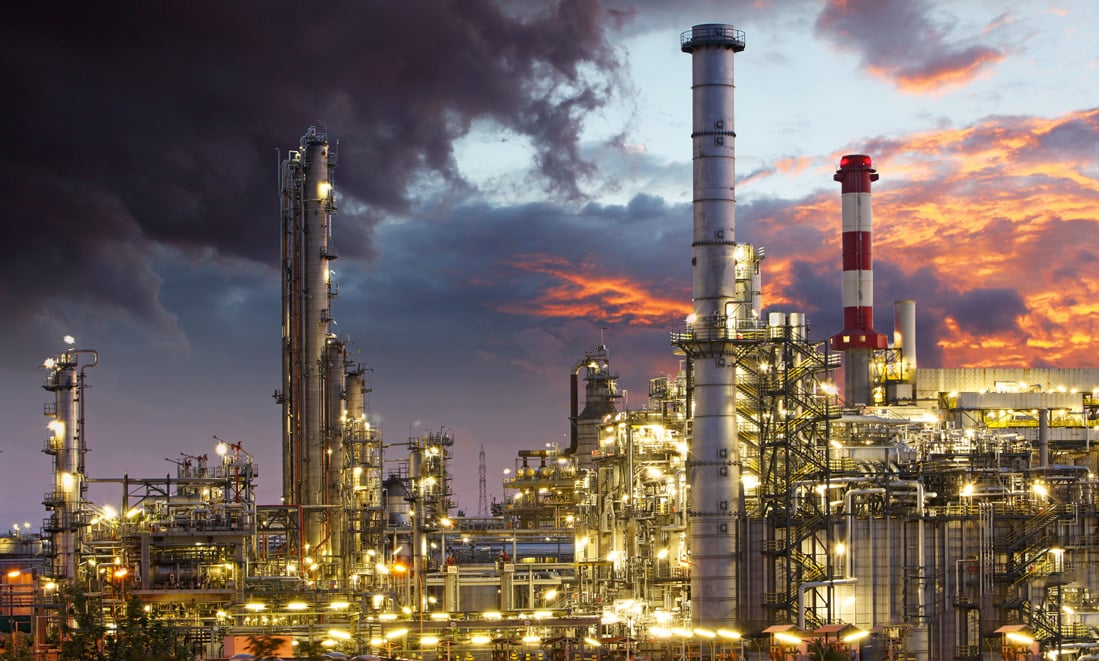Hazard Protection To Keep Your Team Safe On-Site


Protecting workers from harm in high-hazard areas is a top priority for employers and site managers. Developing a Process Hazard Analysis (PHA) plan based on a customized facility siting study is crucial for maintaining a safe work environment. While some safety standards are mandated by law, best practices are also available via the Occupational Health and Safety Administration (OSHA) or industry-standard guidelines.
Below, we'll look at the types of hazards workers face and the importance of creating safe spaces with blast resistant buildings on high-risk worksites.
What Is Hazard Protection?
Hazard protection refers to the plans and tools companies use to prevent and control hazards and protect workers from injuries, illnesses, and other worksite incidents.
Hazard protection aims to eliminate, minimize, or prevent accidents and exposures by creating a safer environment and training workers to use specific precautions in high-hazard areas.
Types of Hazards
OSHA breaks hazards down into six main groups:
- Safety hazards (such as falls, slips, and machinery-related accidents)
- Biological hazards (including exposure to body fluids, mold, and bacteria)
- Physical hazards (like radiation, UV, and extreme noise exposure)
- Ergonomic hazards (that put a strain on the body with poorly-designed workstations, repetitive movements, and heavy lifting)
- Chemical hazards (such as gases, pesticides, and flammable materials)
- Work organization hazards (generally defined as things that cause psychological stress)
Many of these hazards can be mitigated after receiving the results of a Facility Siting Study and Quantitative Risk Assessment. But it takes a company with years of experience in dealing with hazardous environments to ensure your bases are covered.
RedGuard specializes in industries with some of the highest risks for blasts and fires and offers risk engineering and analysis for other high-hazard areas where companies want to meet and exceed government regulations for keeping workers safe.
Explosions and Fires
The building design is a crucial component of hazard protection, especially on worksites prone to explosions and fires. These structures provide a safe space for workers. But if they are not properly constructed to be blast resistant, they can serve as a further hazard by creating more projectiles that harm workers.
RedGuard offers a variety of pre-engineered and customizable blast resistant buildings, some of which are available for lease. Sites with special hazard protection needs can build a structure to their specifications. That means paying only for what’s needed for a specific industry or job site- (i.e. fire protection or chemical-resistant epoxy).
How Relevant Is Hazard Protection To My Industry?
Worker safety and hazard protection are crucial on every worksite. But when it comes to explosions and fires, only some industries are at high risk for the hazards that require blast resistant buildings. These include high-risk environments such as:
- Construction sites
- Military facilities
- Petrochemical facilities
- Chemical plants
- Manufacturing facilities
- Power plants
- Oil refineries
These are sites where the blast threats typically cannot be eliminated or replaced, which are the first hazard mitigation strategies in other industries. Control strategies such as personal protective equipment (PPE) are equally ineffective in the event of an explosion. That leaves industries with high-hazard areas with two options – changing behavior on-site and implementing engineering controls to isolate workers from hazards.
What Do I Need To Implement To Keep My Team Safe On-site?
OSHA standards require employers who have hazardous materials on-site to:
- Produce written safety information for employees and contractors identifying hazards and procedures for avoiding incidents
- Perform a workplace hazard assessment
- Consult with employees on prevention plans and provide them with safe operating information that emphasizes potential hazards and safe practices
- Review the system in place periodically
- Offer emergency response training to employees and contractors
- Establish a quality assurance program to ensure equipment upgrades meet design specifications
- Establish maintenance and testing procedures for process-related equipment
- Conduct pre-startup safety reviews of all newly installed or modified equipment
- Establish and implement written procedures regarding changes to process chemicals, technology, equipment, and facilities
- Record and investigate every on-site accident or near-miss
Speak With an Expert
Implementing federal and state safety guidelines benefits from an independent assessment by a company with niche expertise. RedGuard specializes in explosion resistance in the oil and gas and petrochemical industries and handles risk engineering and analysis for other hazardous areas.
Have a 3rd-Party Engineer Conduct a Facility Siting Study
Independent facility siting studies (FSS) may be strongly recommended or required by regulatory bodies depending on the industry. OSHA requires them to be carried out every five years by third-party entities. The goal of the FSS is to analyze the potential impacts of fires, explosions, or the release of toxic materials on personnel.
RedGuard offers consulting services for facility siting studies that include mitigation strategies and an analysis of the potential impacts of blasts and fires on every part of the site.
Invest in Your Team’s Safety
Investing in employee safety improves a company’s bottom line. At the very least, it can save money on medical costs and show employees that they’re valued assets, reducing turnover rates.
Investing in safety isn’t just a way of managing the liability of an explosion; it saves lives.
How to Know If You Need a Blast Resistant Building
The facility siting study will alert employers about their need for blast resistant buildings for hazard protection. And if that time comes, it’s critical to have a company you can trust to build your blast resistant unit.
RedGuard not only has the expertise to handle the customization of blast resistant buildings but has performed blast tests to offer employers peace of mind when it comes to knowing what they’re getting for the cost. You can see the results of our blast test on our website, as well as learn more about the superior strength of our steel blast resistant buildings.
Saving lives is RedGuard’s priority. Reach out today to speak with our team about your hazard protection needs.
RedGuard Sales & Marketing
The RedGuard sales and marketing team curates and writes on a variety of topics regarding blast-resistance and modular buildings. To inquire about any of the topics you read about on our blog, connect with us.

